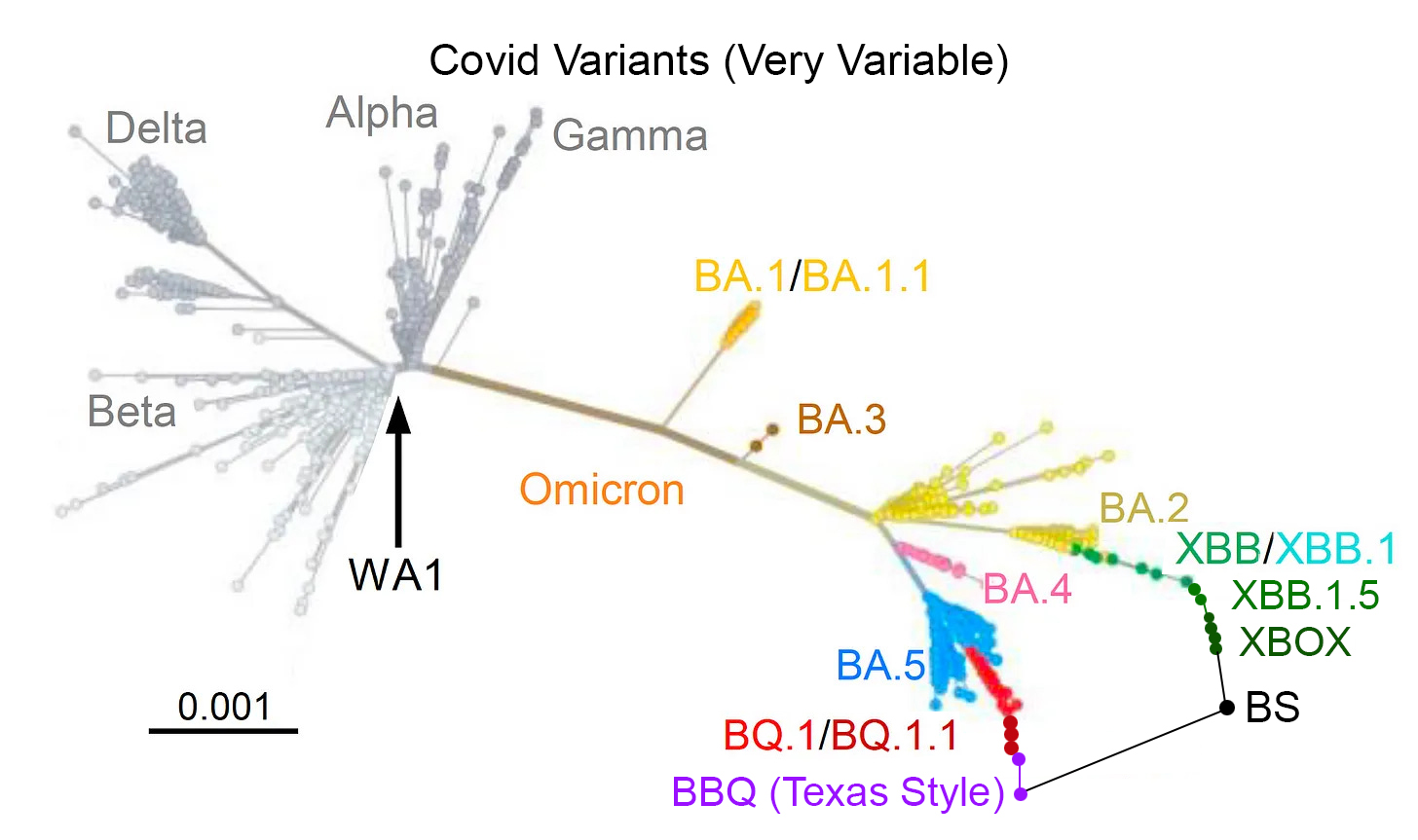

Today’s divides between those who are pro-Trump and anti-Trump have a clear historical precedent | Hannah Beier/Bloomberg via Getty Images
Fake news was invented 500 years ago – we must learn from its history
by Roman Krznaric | Sep 18, 2024
Within hours of the fatal stabbing of three young people in Southport on 29 July, rumours were swirling around social media that the assailant was an undocumented Muslim immigrant. By 3pm the next day, his alleged name, ‘al-Shakati’, had been mentioned on the platform X (formerly Twitter) more than 30,000 times.
Over the following days, anti-Muslim and anti-immigrant violence spread across multiple British cities, with far-right mobs launching attacks on mosques and hostels housing asylum seekers.
The turmoil continued even after the claims were unveiled as fake news and the identity of the attacker was revealed to be a 17-year-old born in Cardiff to non-Muslim Rwandan parents.
As I watched this episode unfold – which included the targeting of an NGO around the corner from my home that works with asylum seekers and refugees – I couldn’t help but see disturbing parallels with the distant past.
The term ‘fake news’ – and the accompanying clickbait and digital polarisation – may have been popularised only in recent years but the phenomenon itself can be traced back to a much older disruptive communications technology: the printing press.
Witch Hunts, Old and New
The printing press is typically depicted as a benign invention that helped spread education and literacy far and wide from its origins in fifteenth-century Germany. But as I discuss in my new book History for Tomorrow: Inspiration from the Past for the Future of Humanity, Gutenberg’s pioneering mechanical press also spread violence and social polarisation.
Nowhere was this more visible than in the persecution of so-called ‘witches’. Between around 1530 and 1650 a witch-hunt frenzy gripped the European continent. In England, some 500 people – the vast majority of them women – were sentenced to death for the alleged crime of witchcraft. In Germany, however, the figure was close to 25,000. They were accused of cannibalism and infanticide, of having sex with the devil and worshipping him in nocturnal assemblies, of making wax models of their victims to induce death or illness, of killing livestock and flying on goats and broomsticks.
One of the major explanations for this ferocious wave of persecution was the printing press. Particularly in Germany, sensationalist news stories that make today’s fake news seem tame appeared in illustrated pamphlets and broadsheets, the precursor of modern newspapers.
An early example concerned the ‘terrifying story’ of the Maid of Schiltach, a young woman who allegedly flew on an oven fork to burn down a town in the Black Forest in 1533 with help from the Devil. She was burned at the stake for her supposed crime.
The story was published and republished by eager printers far and wide, who imaginatively sexed it up with racy coloured illustrations depicting the nameless woman topless among the surrounding flames. Such attention-grabbing ‘true crime’ stories of ‘witches’ were a huge seller for the growing printing industry, which historian Natalie Grace describes as “the early modern equivalent of clickbait”.

Clickbait from 1533: The Maid of Schiltach is burned alive as the town she allegedly set on fire goes up in flames | Wikicommons
The parallels between the present day and the witchcraft accounts that flew off the printing presses of 16th-century Europe are all too clear. Today, the hunt has shifted to groups such as ‘illegal immigrants’ and ‘Muslim extremists’: outsiders who, like the witches of the past, are used as scapegoats for the economic deprivation and other ills that blight our societies.
“The history of the European witch-hunt,” concludes historian Charles Zika in his 2007 book The Appearance of Witchcraft, is “a history from which we can and need to learn.”
Martin Luther goes viral
It is common to talk with shock and surprise about the acute social and political polarisation caused by social media platforms, thanks to algorithms that trap users in echo chambers where their existing beliefs are continually reinforced by shared posts and news feeds. But today’s divides between pro-Trump and anti-Trump or climate change activists and climate change deniers have a clear historical precedent in the impacts of print technology over four centuries ago, which helped drive a wedge between Protestants and Catholics.
It’s a story that dates back to the year 1517, when Protestant reformer Martin Luther went viral. Within weeks of nailing his famous 95 theses criticising Catholic corruption to the door of a church in Wittenburg, Germany, his text was translated from Latin into German and spread by the new printing presses.
Luther was a canny media operator. He quickly translated the New Testament into German for the first time so it could be read by ordinary people, and began publishing cheap anti-Catholic pamphlets with cartoon-like woodcuts ridiculing the religious establishment (including the Pope with a donkey’s head and fish-scale skin).

An unflattering portrait of the Pope, from one of Martin Luther’s pamphlets printed in 1523 | Wikicommons
The obscure Latin publications of the Catholic hierarchy could scarcely compete: of the total six million pamphlets printed in the first decade of what became the Reformation, a third were by Luther.
Although the printing press operated as a liberating force that promoted the Protestant cause and challenged the entrenched authority of the established Catholic Church, it also unleashed turmoil, helping to generate an intense period of religious upheaval and social polarisation across the continent, including the Wars of Religion (1562-98) and the Thirty-Years War (1618-48), in which an estimated eight million people died.
As historian Elizabeth Eisenstein argued in 1979, “Gutenberg’s invention probably contributed more to destroying Christian concord and inflaming religious warfare than any of the so-called arts of war ever did.”
The religious wars that ravaged Europe in the wake of the print revolution suggest that the digital revolution could fuel violence on a similar scale over the years and decades to come – and the unprecedented speed of data networks might bring it on much faster than in the past. The January 2021 Capitol attack, inflamed by false social media stories about the illegality of the 2020 US election, was just the beginning.
The historical myopia of the tech industry may turn out to be its greatest crime
Coffeehouses and the birth of democratic culture
Although the history of the printing press is a cautionary tale for our social media age, revealing how easily communication technologies can become tools of violence and persecution, there is some good historical news to report.
The mass literacy and education spread by the presses eventually helped challenge superstitions such as witchcraft. More unexpectedly, printing played a foundational role in the emergence of modern democratic culture and human rights during the 18th century. It did so in tandem with another revolutionary invention: the coffeehouse.
Having originated in Turkey, coffeehouses began spreading across Europe in the late 17th century. By 1700 there were more than 2,000 in London alone. They were remarkable not just because a person could sit all day with a bowl of coffee for a mere penny, but because one of their defining features was a communal table where strangers could converse with one another, lubricated by the free periodicals and pamphlets typically on offer.
“Coffee houses were an alluring social platform for sharing information,” argues Tom Standage, functioning as an operating system for the exchange of news, opinion and gossip. While some specialised in scientific discussion, business or the arts, they were above all hubs for political talk about issues ranging from anti-slavery to republicanism. They were, in effect, schools of democracy for the emerging (male) bourgeoisie, where radical writers such as Daniel Defoe or Tom Paine might be heard holding court.

In London’s coffee houses of the eighteenth century, conversation and the latest journals were all on offer at the communal tables | Wikicommons
In our age of social division and alienation, and declining faith in democratic institutions, we could learn a lesson or two from the Georgian coffeehouses.
It can be a struggle to find spaces for respectful digital conversation between strangers, partly due to anonymity that gives a free rein to online political invective and abuse. So why not try to revive the face-to-face coffee culture of our forebears by reintroducing the communal table to today’s coffee shops? There are now around 30,000 in the UK alone. If there were just 10 conversations between strangers per day in each of them, that would be over 100 million conversations per year.
We might also find inspiration in dialogue projects like the Death Café movement which, since 2011, has organised more than 15,000 discussions about death in existing cafes in 83 countries, or in the Parents Circle, which holds conversations between Palestinians and Israelis who have had family members killed in the conflict, where they share their stories and their grief.
Conversation is an essential social glue in a fragmented society and vital for the operation of a healthy public sphere. Let us leave the era of witch hunts and toxic polarisation behind and be guided by the wise words of historian Theodore Zeldin: “A satisfying conversation is one in which you say what you have never said before.”
This article is based on Roman Krznaric’s new book, History for Tomorrow: Inspiration from the Past for the Future of Humanity.
Subscribe to openDemocracy
Contact Us
Follow Us
Privacy Policy
Sitemap
© 2024 FM Media Enterprises, Ltd.




